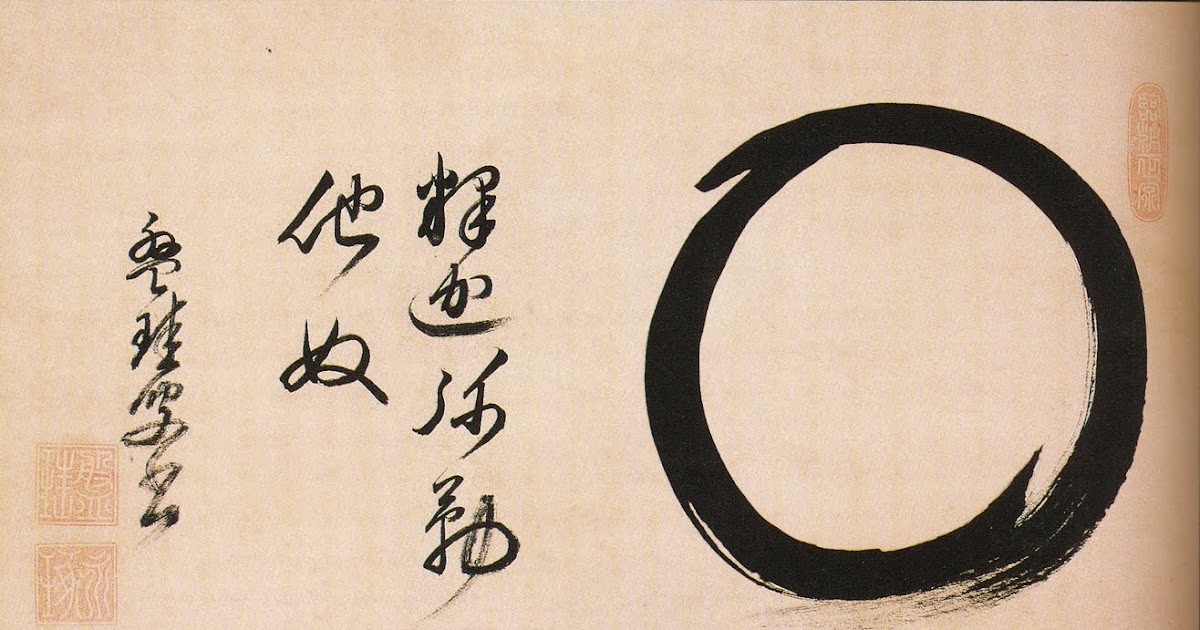
Meet the Ghanaian female carpenter making a bold statement in the profession with her craft 2. The Akan word Aban means "fortress" or "castle." Therefore, it is a symbol of power, authority, and magnificence and a sign of strength. Aban Vector icon with African adinkra symbol Aban. The following are the Adinkra symbols and their meaning: 1. This may be the main reason why most of the symbolism and cultural traditions survives until today.Īre you interested in the Adinkra symbols and meanings pdf? The article below covers this topic in detail, which includes Adinkra symbols in PNG format. These people resisted British colonial rule when it arrived in West Africa. They belonged to Asante (Ashanti) people who would print them on metalwork, pottery, and cloth. What countries use Adinkra symbols? They originate in West Africa, notably in the countries of Cote d'Ivoire and Ghana. Additionally, they record historical events, express specific behaviours or attitudes related to unique concepts, and depict figures that are related to abstract shapes.įunny and catchy names of some towns in Ghana These symbols represent famous proverbs and maxims. They're built into walls and other architectural elements. Adinkra is widely used in textiles, logos, and pottery. What does the word Adinkra mean?Īdinkra are Ghanaian symbols that express ideas or aphorisms. In addition, there are a variety of symbols with varied meanings that are frequently associated with proverbs. The symbols serve as aesthetic elements, but they also represent objects that hold emotive ideas about ancient wisdom, life, and the environment. Photo: FacebookĪdinkra is widely used in textiles, logos, and pottery. Here are Adinkra symbols explained in detail to help you understand their significance.


Following Gyaaman's defeat, its use spread from Bono Gyaaman to Asante and other Akan Kingdoms. What are Adinkra symbols? The symbols were invented by Gyaman King Nana Kwadwo Agyemang Adinkra.


 0 kommentar(er)
0 kommentar(er)
